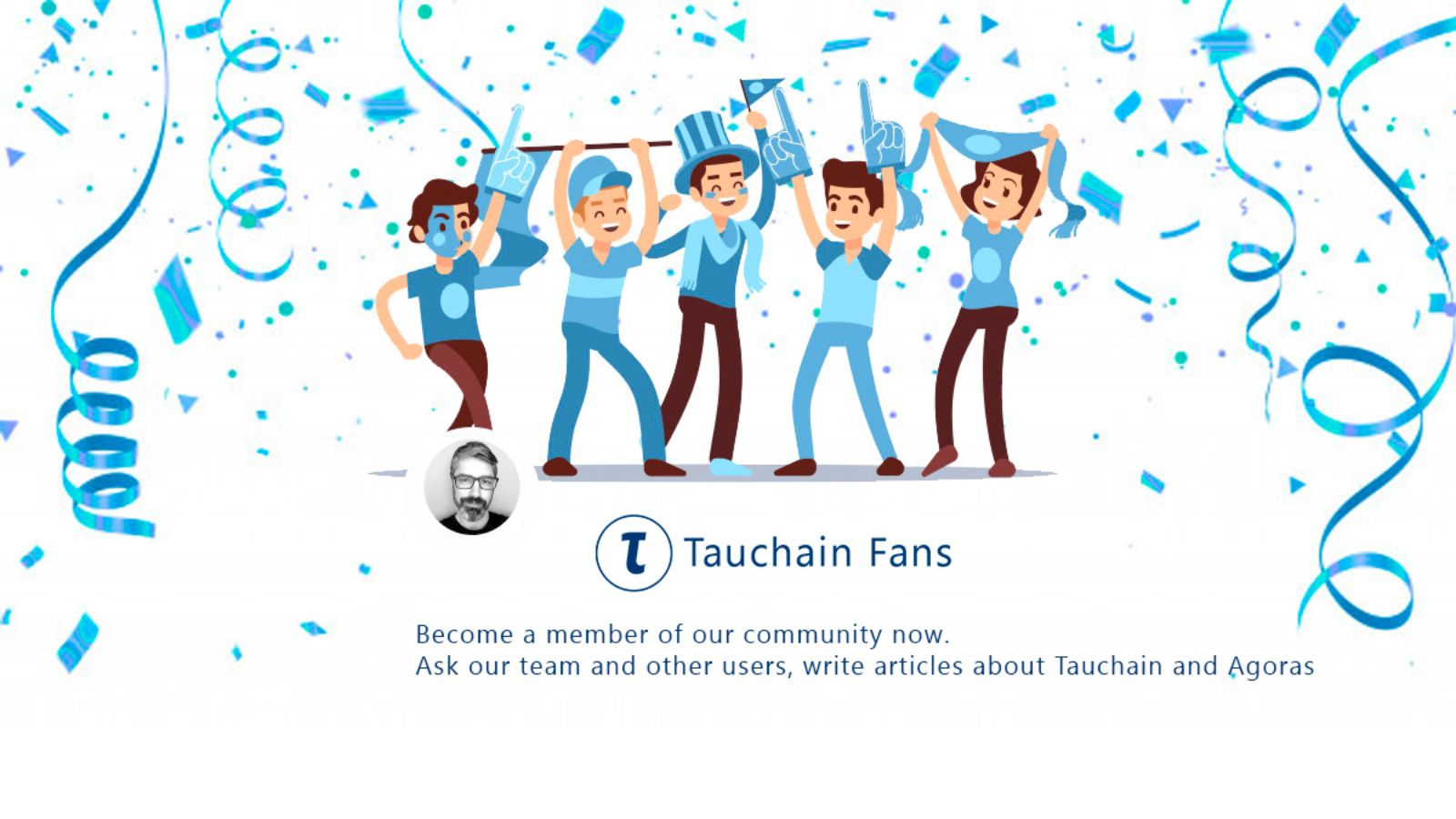Tauchain is not easy to understand but here are some concepts to know to track Ohad's progress
Someone asked over social media why anyone would want to hold onto AGRS tokens merely due to faith in Ohad Asor. This is a good question to ask and a good time to ask it. I'll explain first why I'm holding and then explain how it is important to understand what you invest in.
I hold AGRS because I've communicated with Ohad Asor and he is one of the rare people who is better at research and development than I am. In fact, he is the best I've met so far in the crypto community at that specifically. R&D is the most critical component in software design and we see over and over again if they get that wrong projects are doomed. One of the strengths of Steemit, EOS, etc, is that Dan Larimer is very good at conducting both R&D and at writing the code.
Tauchain currently and unfortunately requires a Phd level understanding of computer science to get very excited about. This is not so good for people who do not really understand their investments but it means that you have the option to ask people who do have Phd level knowledge to either explain Tauchain to you or some aspect of these concepts which I'll list below:
The concepts to understand in order to see what Ohad is attempting on Github
- [Compiler-compilers](https://en.wikipedia.org/wiki/Compiler-compiler).
- [Partial fixed point logic (necessary to understand TML)](https://en.wikipedia.org/wiki/Least_fixed_point).
- [Tuples](https://en.wikipedia.org/wiki/Tuple) and [N3](https://en.wikipedia.org/wiki/Notation3) (necessary to understand TML).
- [Abstract syntax tree](https://en.wikipedia.org/wiki/Abstract_syntax_tree).
- [Context sensitive grammar](https://en.wikipedia.org/wiki/Context-sensitive_grammar) (necessary to understand the Earler parser).
- [Partial evaluation](https://en.wikipedia.org/wiki/Partial_evaluation).
These concepts may be abstract but they all work together to allow for you the user to input both a document and a grammar into TML and receive a useful output. You have the power of partial evaluation with Futamura Projection. Without going into too much detail here, what it will allow is for the user to provide the input document defining the language and a source code. The first document is the "interpreter" to parse the source code.
So if we look at Github we can see Ohad has completed a rough yet functional implementation of the TML with partial fixed point logic and partial evaluation. The Earley parser takes the source code which is always a string, and parses it. This quote from Wikipedia explains it better:
In computer science, the Earley parser is an algorithm for parsing strings that belong to a given context-free language, though (depending on the variant) it may suffer problems with certain nullable grammars.[1] The algorithm, named after its inventor, Jay Earley, is a chart parser that uses dynamic programming; it is mainly used for parsing in computational linguistics. It was first introduced in his dissertation[2] in 1968 (and later appeared in abbreviated, more legible form in a journal[3]).
In developing compilers we use the grammar to define the syntax of a programming language. TML will require a grammar defining the syntax of the language you want to use and also the source code which are the commands. The AST is an abstract representation of the source code and the logic is applied are part of the syntax analysis phase of compiling. If I did not explain this sufficiently, I apologize as this is again something complicated and requires a lot of prerequisite knowledge.
The point being that if you really want to understand why some of us are so excited about what Ohad Asor is attempting to do then the only way to truly grasp what is at stake is to do the necessary learning. Learn as much as you can about your investment. Study the concepts you have to study in order to keep up with what happens on Github. You don't have to trust the experts if you're willing to gather the knowledge to become an expert yourself. This means reading at minimum all the Wikipedia entries and at maximum it could mean spending hundreds of hours watching Youtube videos, reading academic journals, like some of us have been doing.
If you do not want to invest the time and energy to truly understand Tauchain then maybe it is better that you do not buy a token you cannot understand. Simply wait for it to reach a stage to where you can see what it can do for yourself before making a decision. Do not consider this post or these comments as investment advice but merely a suggestion to use caution with regard to how you spend your money if you do not understand what you are getting into.
References
---
1. http://www.cs.dartmouth.edu/~mckeeman/cs48/mxcom/doc/Grammar.html
2. https://gist.github.com/tomykaira/3159910
3. https://github.com/IDNI/tau
None of this post should be considered to be investment advice. This was posted for educational purposes.

 4m:57s
4m:57s  6 years ago
6 years ago


Comments